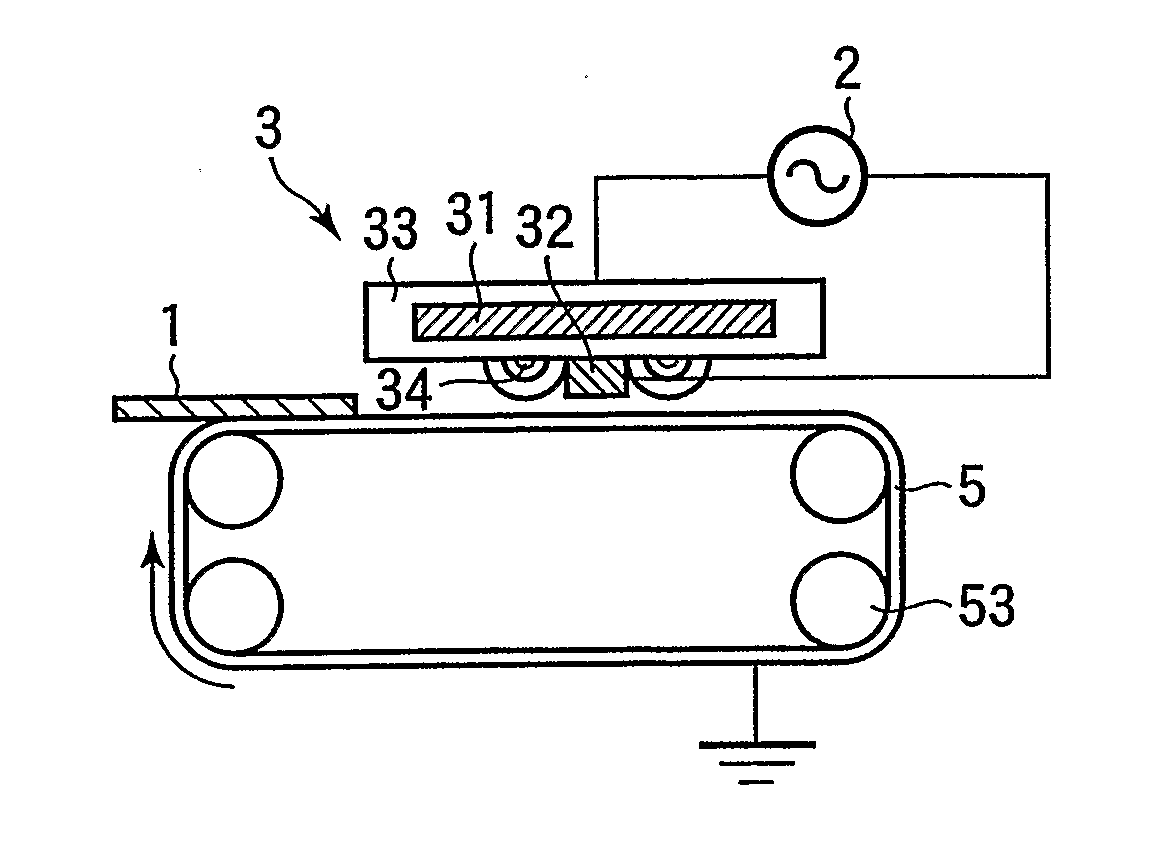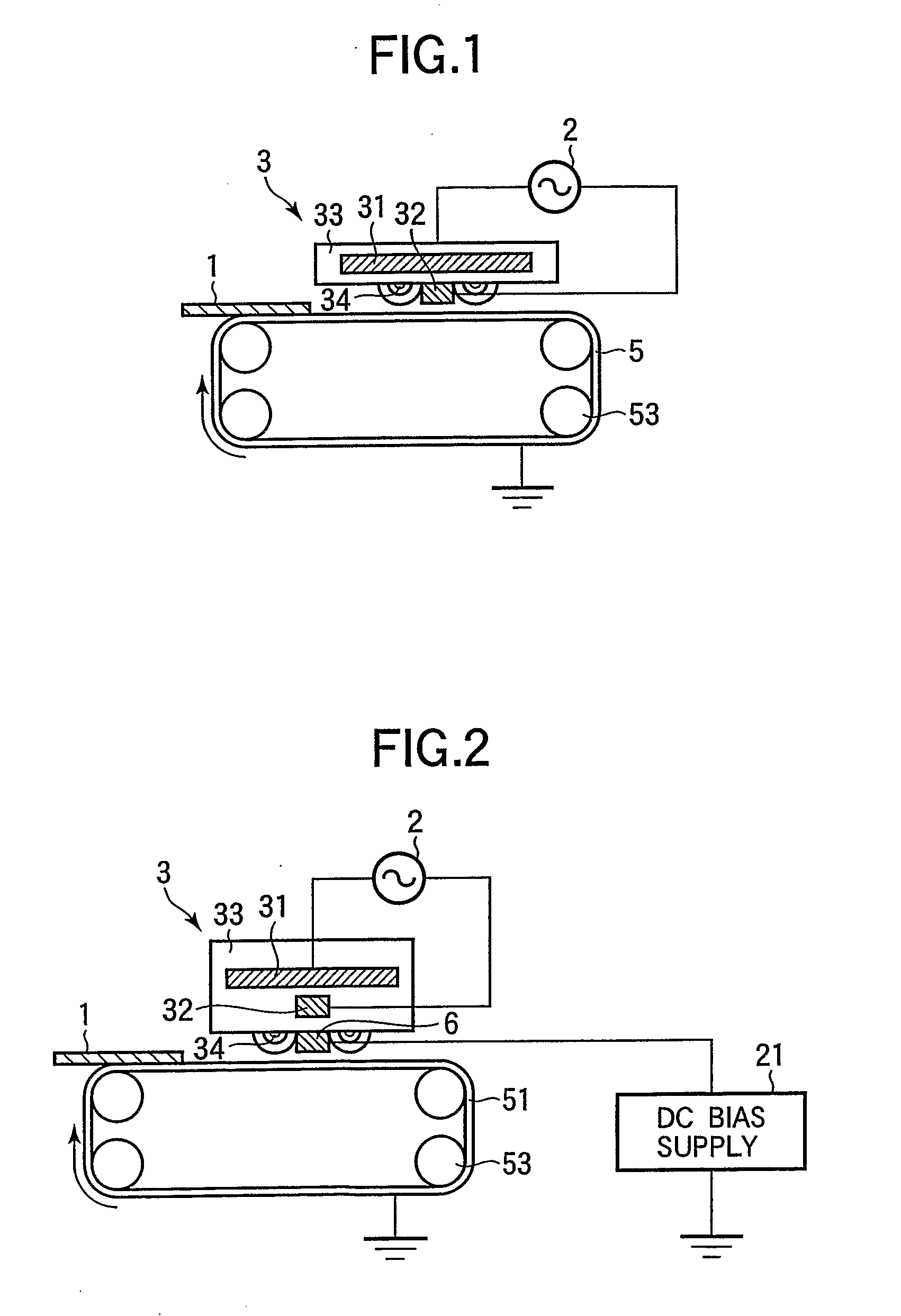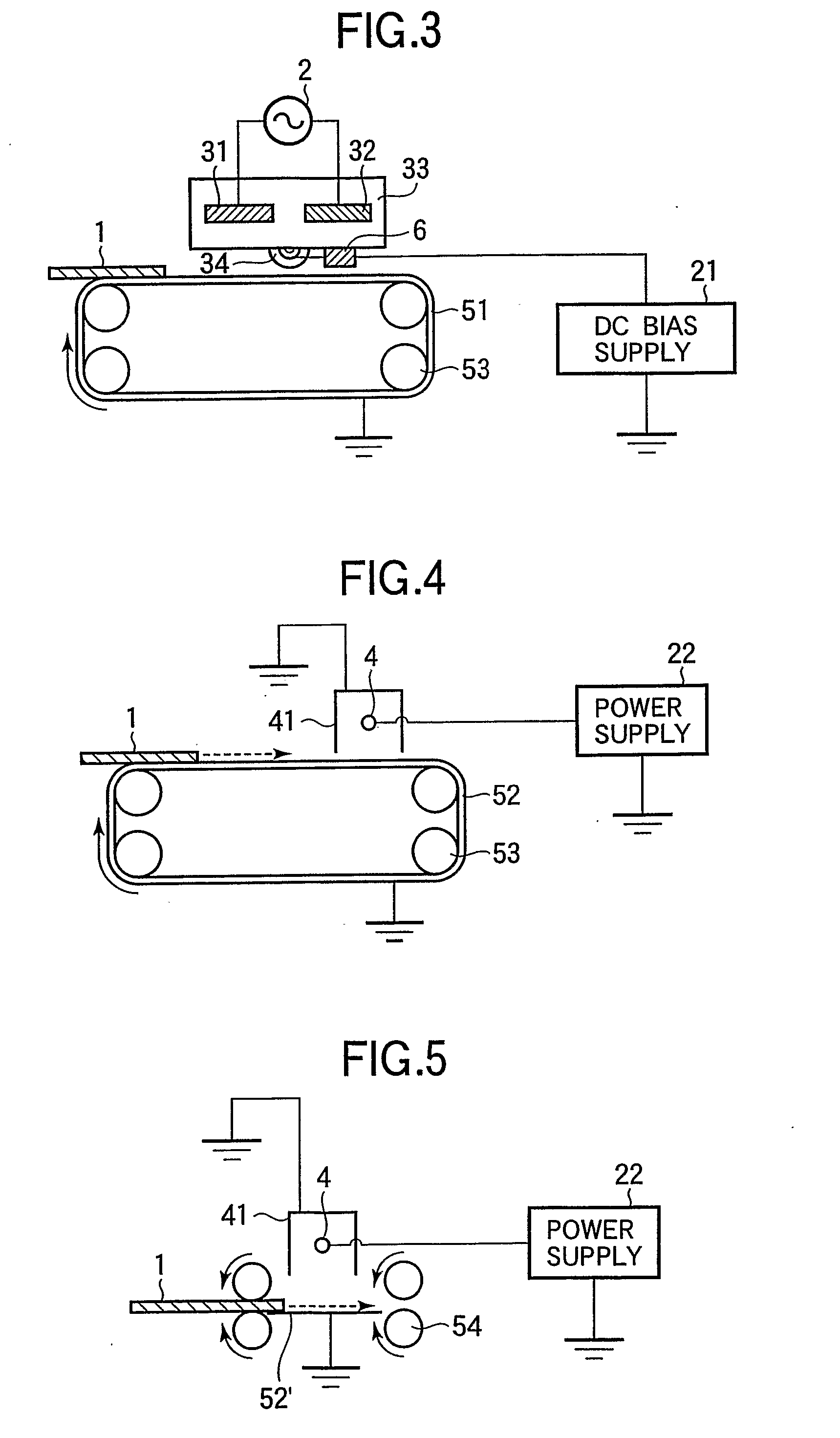Erasable Ink, Method of Erasing Image Including the Same, and Method of Recycling Recording Medium Using the Erasing Method
- Summary
- Abstract
- Description
- Claims
- Application Information
AI Technical Summary
Benefits of technology
Problems solved by technology
Method used
Image
Examples
preparation example 1
Recording Medium Preparation Example 1
[0094] Fine alumina powder (trade name: CATALOID AP-3, manufactured by Shokubai Kasei Kogyo Co.) and polyvinyl alcohol (trade name: SMR-10HH, manufactured by Shinetsu Chemical Co.) were mixed in a weight ratio of 90 / 10, and mixed with water under agitation so as to obtain a solid content concentration of 20 weight %. The mixture was applied on a PET film so as to obtain a weight of 30 g / m2 after drying, and was dried for 10 minutes at 110° C. to obtain a recording medium 1.
preparation example 2
Recording Medium Preparation Example 2
[0095] In a 2-liter flask equipped with an agitator, 800 g of polyethylene glycol (average molecular weight 2000), 65 g of hexamethylene diisocyanate, 2 g of dibutyl tin laurate and 900 g of ethylene glycol dimethyl ether were charged, uniformly mixed by agitation for 30 minutes at the room temperature, then heated for 2 hours at 80° C. under agitation and cooled to obtain a highly viscous transparent liquid (binder A). The obtained liquid showed a viscosity of 30,000 mPa·s at 25° C., and the polymer contained in ethylene glycol dimethyl ether solvent had a number-average molecular weight of 85,000. Then a recording medium 2 was obtained in the same manner as the recording medium 1 except that polyvinyl alcohol was replaced by the binder A obtained in the aforementioned process.
preparation example 3
Recording Medium Preparation Example 3
[0096] In a 2-liter flask equipped with an agitator, 300 g of hydroxyethyl methacrylate, 350 g of water, 350 g of methanol and 1.5 g of azobisisobutyronitrile were charged, and agitated for 60 minutes at the room temperature. Then nitrogen gas was blown in to sufficiently replace the interior of the flask, the temperature was gradually raised under gradual nitrogen gas passing to 65° C. Then the mixture was polymerized for 3 hours in this state, and was cooled to obtain a highly viscous transparent liquid (binder B). The obtained liquid showed a viscosity of 1,800 mPa·s at 25° C., and the polymer contained in water / methanol mixed solvent had a number-average molecular weight of 150,000. Then a recording medium 3 was obtained in the same manner as the recording medium 1 except that polyvinyl alcohol was replaced by the binder B obtained in the aforementioned process.
PUM
| Property | Measurement | Unit |
|---|---|---|
| Density | aaaaa | aaaaa |
| Density | aaaaa | aaaaa |
| Density | aaaaa | aaaaa |
Abstract
Description
Claims
Application Information
 Login to View More
Login to View More - R&D
- Intellectual Property
- Life Sciences
- Materials
- Tech Scout
- Unparalleled Data Quality
- Higher Quality Content
- 60% Fewer Hallucinations
Browse by: Latest US Patents, China's latest patents, Technical Efficacy Thesaurus, Application Domain, Technology Topic, Popular Technical Reports.
© 2025 PatSnap. All rights reserved.Legal|Privacy policy|Modern Slavery Act Transparency Statement|Sitemap|About US| Contact US: help@patsnap.com



